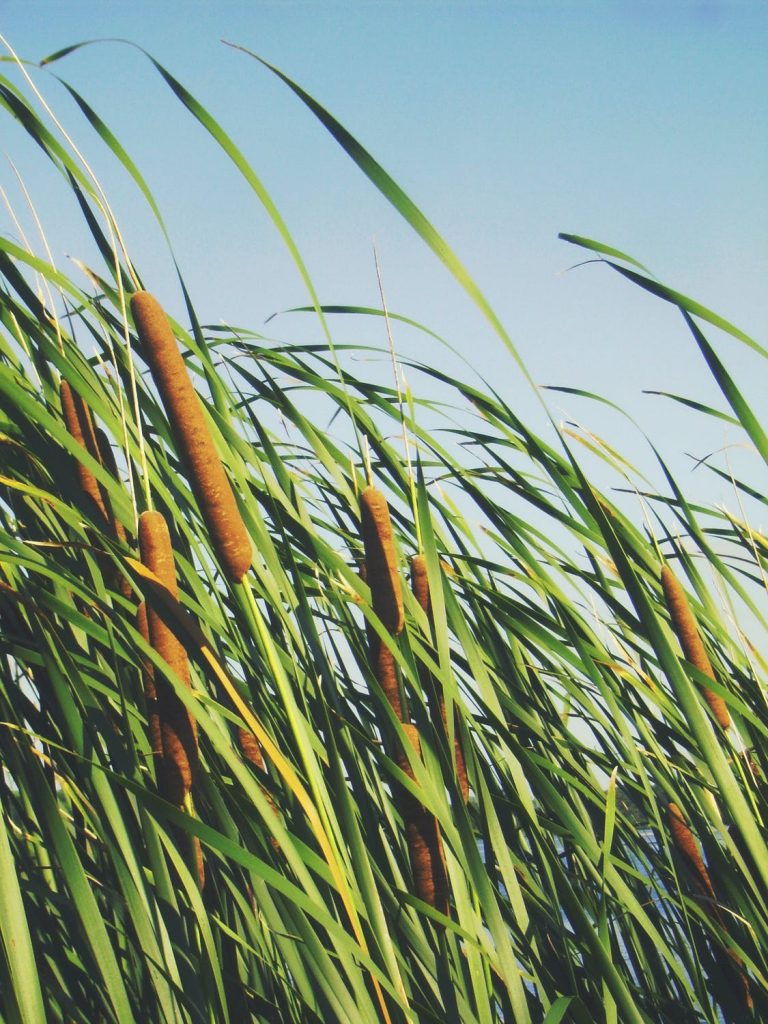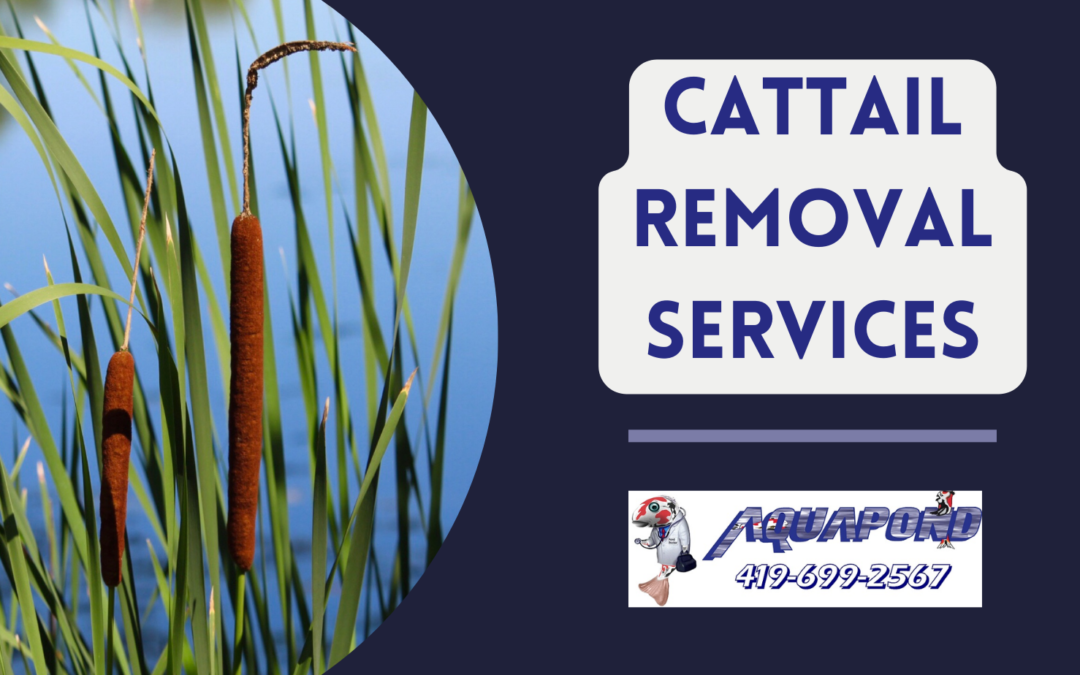On the one hand, they’re an iconic sign of life found in many bodies of water, providing food and shelter to local wildlife. On the other hand, they can quickly get out of control and, if unchecked, take over a small pond and throw everything out of balance. Staying on top of cattail growth can be challenging if you’re managing a small body of water as part of a home or business landscape, golf course, or other outdoor space.
Cattails are aquatic plants that grow between five and ten feet tall with long, slender reeds and upward-growing leaves, and an easily recognizable brown, hot dog-shaped flowering head at the top. Like many other aquatic plants, cattails have an expansive underground root system. As a result, they can be found in large and small bodies of water, marshes, wetlands, and even artificial detention ponds.
Cattails can provide habitats to various birds and aquatic or semi-aquatic organisms. In addition, they help prevent erosion and control nutrient levels. Parts of the cattail are edible; some have used the reeds to make baskets and other items.
Yet, they can also be considered a nuisance for small, managed ponds. Their large root (rhizome) system can quickly expand into shallow depths and take over a water feature leading to many issues. In addition, their thick growth can crowd out other species of plants, block access for other plants and larger animals, and reduce the richness of the waterbody’s biodiversity.
How to Remove Cattails
There are two popular methods for removing cattails. One is chemical, and the other is mechanical.
 Herbicides
Herbicides
The chemical method, considered quite effective, is spraying the unwanted growth with a systemic herbicide. It’s best when applied when there is a foot to a foot and a half of exposed growth. This will cover the cattail growth down to the root system, keeping the plants from regrowing. However, roots can often be the most challenging part of eradicating cattail growth, so it’s best to let the herbicide mixture work into the plant system for a week or two.
Always follow directions on applying the herbicide to get the best action with the least waste.
Once the sprayed cattails have turned brown and wilted, they must be removed physically. If you try doing so too early, the chemical treatment may not fully reach the roots, resulting in the cattails quickly returning.
Remove as much of the dead cattails as possible and any other dead vegetation. Failure to do so will result in a fertilizer-fueled much that will encourage additional weed growth. Do not leave dead cattails, or any other dead vegetation, in your pond to decompose. Instead, ask local pond management specialists for the best tools to remove the dead plant matter.
Mechanical Removal
If you don’t want herbicides in your pond, use the mechanical option for cattail removal. This is usually done with a hydro-rake— often described as a floating backhoe with a rake attached. The hydro-rake can get into the cattails’ extensive root system and remove it along with the unwanted cattails. The drawback with the hydro-rake is that it can remove other plants you might want to keep and may be difficult to operate in some spaces.
Most recommended would be combining the two methods to get comprehensive, long-term control over the growth.
Work With Local Experts
Finally, don’t forget to check local laws and regulations regarding herbicides and plant removal. Local specialists in pond and lake management, like those at Aquapond, can help you with any questions or issues about removing cattails and other weeds.
Working together, you can maintain a beautiful and healthy pond. Give us a call or fill out a contact form if you are in Northwest Ohio and need professional cattail removal services!


